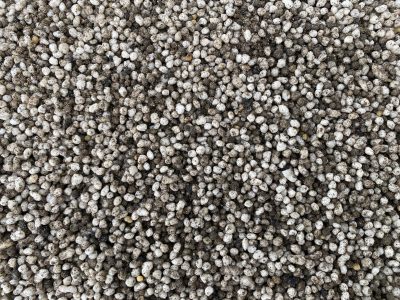$739.00/t
Bio-N Ammo is a biologically enhanced source of nitrogen and sulphate containing Humate and Effective Microorganisms (EM). Research has indicated that improved microbial activity from biological additives can increase crop and pasture yields. Clients who have made the switch to Bio-N Ammo have noticed an improved and prolonged nitrogen response which has led to reduced nitrogen requirements and costs.

Use Bio-N Ammo in place of Ammonium Sulphate and other nitrogen sources to improve crop and pasture performance from late Autumn to Spring. Bio-N Ammo works by:
Bio-N Ammo will help improve a soils CEC (Cation Exchange Capacity) and its ability to hold cations such as ammonium nitrogen. This reduces the amount of nitrogen that is being lost through volatilisation and leaching making more nitrogen available to the plant.
By both improving the microbial nitrogen retention and the soils CEC this will increase the amount of nitrogen that is being held in stable forms in the soil. These nitrogen sources are then released into plant available forms over an extended period, extending the nitrogen release curve.
Plants rely on soil biology to break down key nutrients into plant available forms. Bio-N Ammo introduces beneficial bacteria, yeast and fungi (EM) along with a biological feed source (Humate) to the soil, improving the efficiency at which nutrients are made plant available.
Bio-N fuels plant production through enhancing the soils biological activity. Get your soils doing more of the work for you.
A lack of plant available sulphate is often a limiting factor to nitrogen responses during the cool/wet months. Bio-N Ammo assists in increasing the mineralisation of organic sulphur to sulphate sulphur through enhanced microbial activity, while providing sulphate to help overcome any short term deficiency. Improving the overall nitrogen response and promoting clover growth as soil temps rise.
Autumn, Winter, Spring
Although Bio-N Ammo is less susceptible to volatilisation losses compared to standard Urea based blends we still recommend taking the below precautions:
Copyright 2024 Dickie Direct | Terms and Conditions | Website by MRD Web